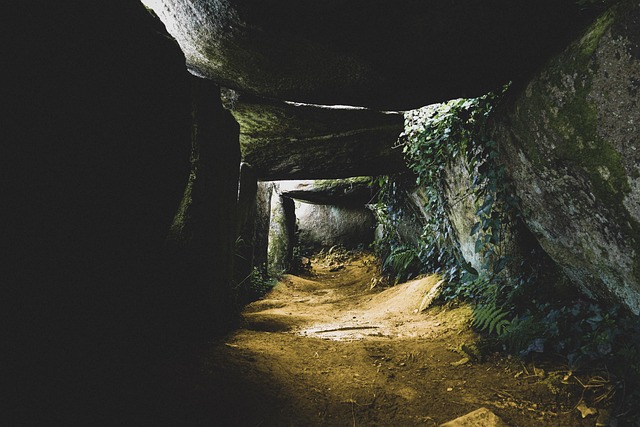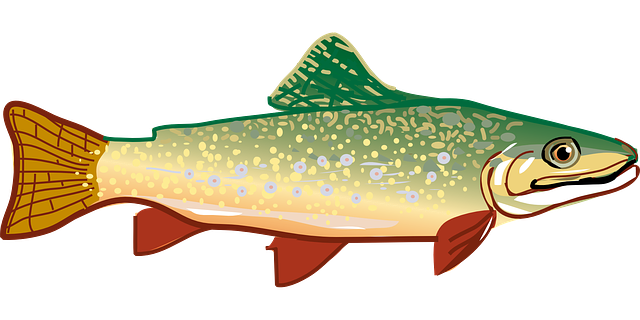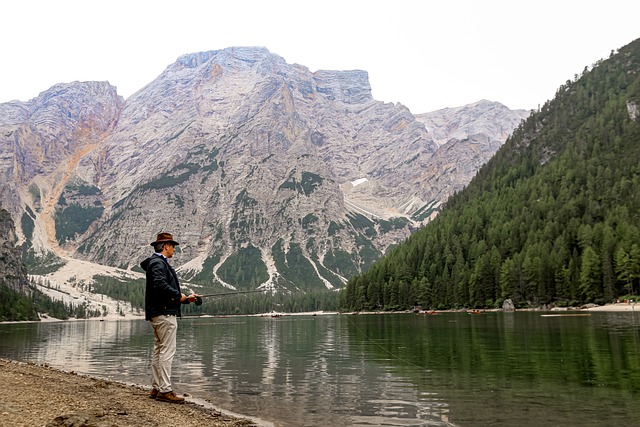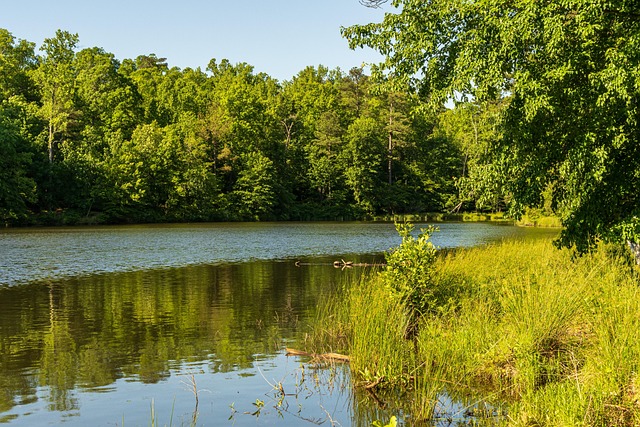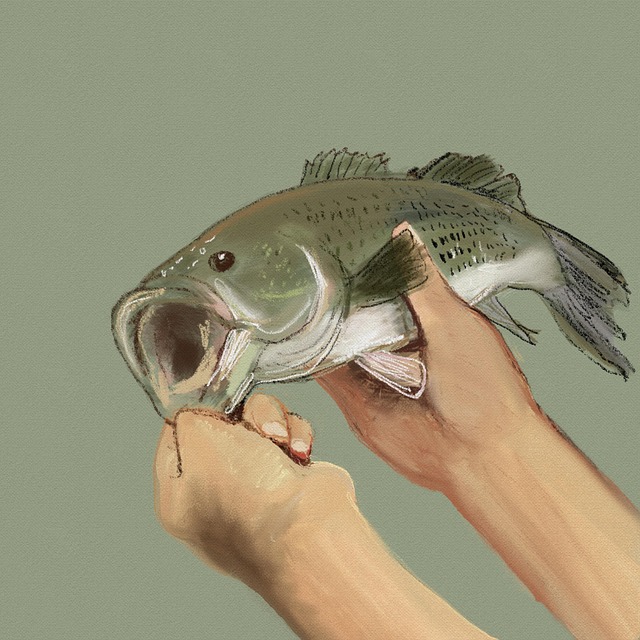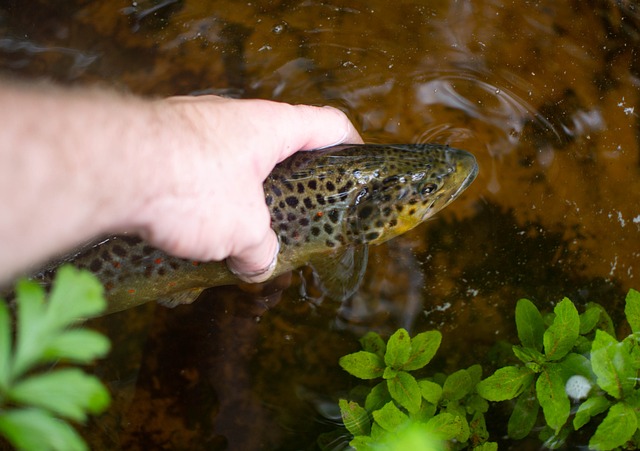The Upper Willamette River is a top destination for fly fishing, offering a diverse range of fish species like steelhead, trout, bass, and salmon year-round. Its stunning scenery and seasonal changes provide unique challenges for anglers using various techniques. Conservation efforts have restored the river's ecosystem, enhancing fish diversity and populations, making it a prime spot for Upper Willamette fly fishing adventures.
The Upper Willamette River, a vibrant ecosystem, boasts a diverse array of fish species, attracting anglers and nature enthusiasts alike. This article delves into the rich tapestry of fish life in this renowned waterway, exploring popular species and their unique habits. From exploring diverse populations to mastering upper Willamette fly fishing techniques, we guide you through the key aspects shaping this dynamic river system. Additionally, we examine conservation efforts and their impact on maintaining a healthy balance for these native fishes.
- Exploring Diverse Fish Populations in the Upper Willamette
- Fly Fishing Techniques for Common River Species
- Understanding Habitat Preferences of Native Fishes
- Seasonal Variations in Fish Activity and Abundance
- Conservation Efforts and Their Impact on Upper Willamette Fisheries
Exploring Diverse Fish Populations in the Upper Willamette
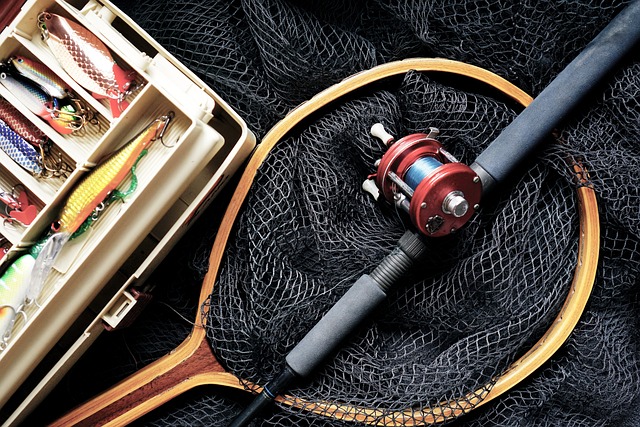
The Upper Willamette River boasts a diverse array of fish species, making it a haven for anglers and nature enthusiasts alike. This pristine waterway is home to several popular fish populations, each contributing to its unique ecological tapestry. From the powerful and prized Steelhead trout to the elusive Rainbow trout, the river offers year-round fishing opportunities. Anglers can also target the robust bass varieties, known for their fierce fighting spirit, as well as various species of salmon that migrate upriver to spawn.
Exploring the Upper Willamette’s fly fishing scene is a must for those seeking an authentic outdoor adventure. The river’s clear waters and scenic landscapes provide the perfect backdrop for casting your line and connecting with these remarkable creatures. Whether you’re a seasoned fisherman or just starting, the diverse fish populations ensure memorable catches and unforgettable experiences in this vibrant aquatic ecosystem.
Fly Fishing Techniques for Common River Species
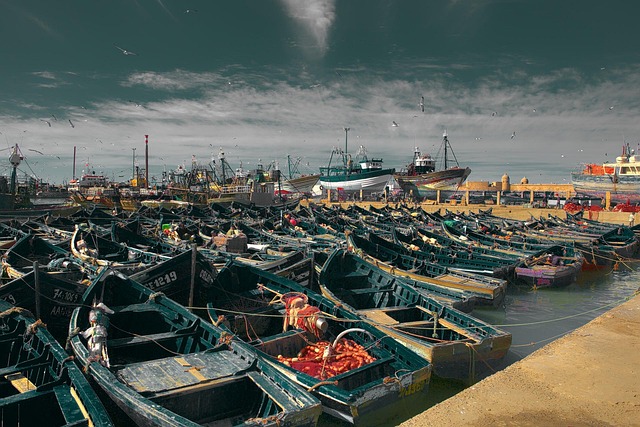
The Upper Willamette River is a haven for fly fishing enthusiasts, offering a diverse range of fish species and stunning natural scenery. When targeting common river residents like rainbow trout and cutthroat trout, fly anglers in this region have several effective techniques at their disposal. One popular method is the dry fly presentation, where anglers imitate various insects that rest on the water’s surface. This technique is particularly successful during the spring and summer months when mayflies and stoneflies are abundant.
For deeper dwelling species such as bass and walleye, bottom-dwelling flies and spinnerbaits prove effective. Anglers can use these techniques to target fish holding in structures like rocky shelves or weed beds. The Willamette’s current and water level fluctuations also play a role in fly selection and casting strategy, requiring anglers to be versatile and adapt their approach based on seasonal changes and river conditions.
Understanding Habitat Preferences of Native Fishes
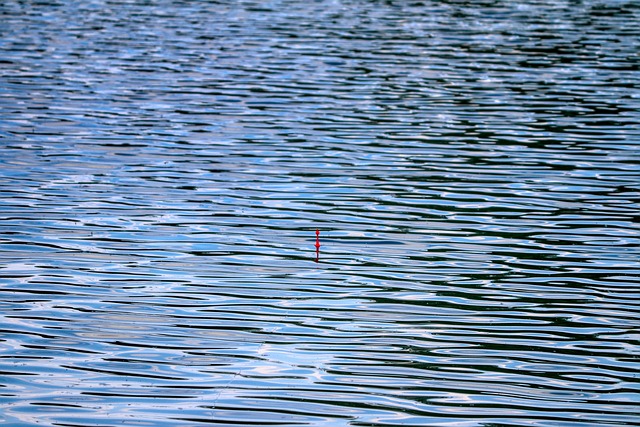
The Upper Willamette River, a vibrant ecosystem, plays host to an array of native fish species that have adapted to its unique habitat. Understanding these habitat preferences is crucial for both conservation efforts and popular activities like fly fishing. Each species has specific environmental requirements, from water temperature ranges to substrate types and cover, shaping their distribution along the river’s course. For instance, certain trout varieties thrive in cold, clear waters with gravel bottoms, while salmonids prefer deeper, faster-flowing sections with coarse sediments.
Knowing these preferences enables anglers to target specific areas during Upper Willamette fly fishing trips, enhancing their chances of success. It also highlights the need for habitat preservation and restoration projects to maintain the river’s ecological balance. By recognizing and addressing the habitat needs of native fishes, we contribute to the long-term health and diversity of this precious waterway.
Seasonal Variations in Fish Activity and Abundance
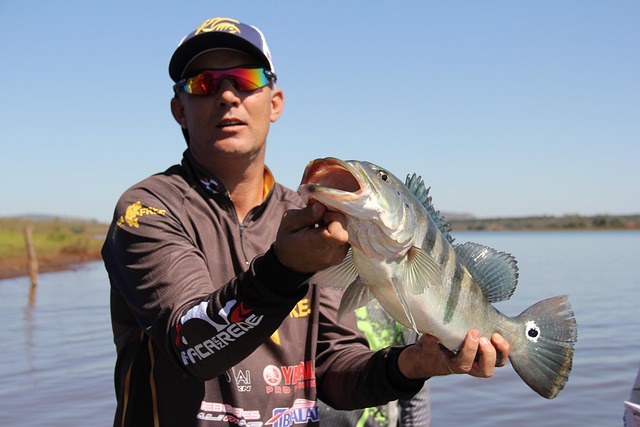
The Upper Willamette River, a prime destination for upper Willamette fly fishing, experiences notable seasonal shifts in fish activity and abundance. During spring, the river comes alive with the return of salmonids, as species like Chinook, Coho, and Steelhead migrate upstream to spawn. This period attracts anglers seeking the thrill of catching these robust fish, adding an energetic pulse to the local fishing community.
As summer sets in, the water temperatures rise, influencing the behavior of resident trout populations. Rainbow trout and cutthroat trout become more active during cooler morning and evening hours, making them more accessible for fly fishers. However, as the season progresses into autumn, the river’s ecosystem undergoes another transformation. The decreasing water levels and cooling temperatures signal the preparation for winter, leading to a decline in fish activity until the next spring run.
Conservation Efforts and Their Impact on Upper Willamette Fisheries
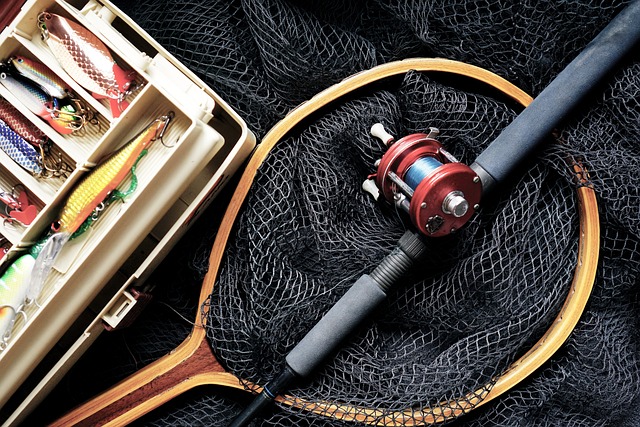
Conservation efforts have played a pivotal role in maintaining and enhancing the diverse fish species found in the Upper Willamette River. These initiatives, driven by environmental organizations and local communities, focus on restoring habitat, improving water quality, and managing invasive species. By revitalizing riverside habitats through riparian restoration projects, eradicating or controlling non-native species like Asian carp and European freshwater crab, and implementing sustainable fishing practices, these efforts aim to create a healthier ecosystem.
The impact of conservation is evident in the increased populations of several key fish species popular among Upper Willamette fly fishing enthusiasts. Restored water quality and habitat accessibility have contributed to thriving populations of rainbow trout, cutthroat trout, and even the once-endangered steelhead. These successful conservation measures not only ensure a prosperous future for local fisheries but also enhance the overall ecological balance of the river, benefiting various wildlife species and ensuring the sustainability of this treasured natural resource for generations to come.

